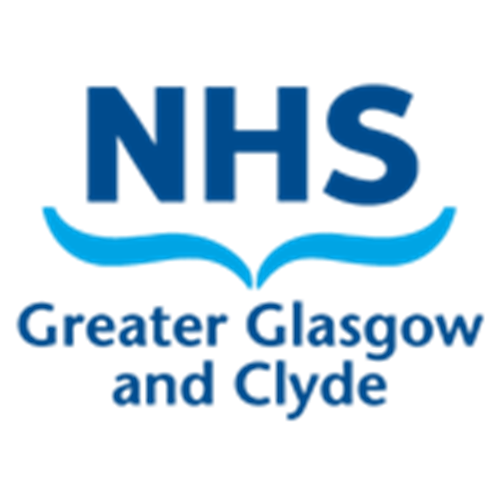Lack of capacity may be well documented and longstanding, such as in a woman with a learning difficulty, but she may be well able to verbally consent to, and participate in, the routine episodes of antenatal care, and have views about her own wishes, even although any operative delivery may require to be carried out under section 47 of the adults with incapacity act.
It is also the case that pain, stress and unfamiliar surroundings will impact negatively on patients’ ability to make decisions, so discussing wishes with the patient when she is best able to participate, allows us to fulfil the duty to enhance capacity as far as it is possible to do so, and will inform a birth plan which is best able to meet her needs.
Providing information at a speed and in a format most suitable to her, with time for repetition of information, also enables staff to assess her understanding of the information given.
If advance planning is not possible, for example when there is a sudden alteration in mental health, then eliciting the views of family regarding the mother’s wishes, when well, is the next best option.
Ultimately, we have to act in her best interests, and knowledge of what her wishes would be, is the best guide.
